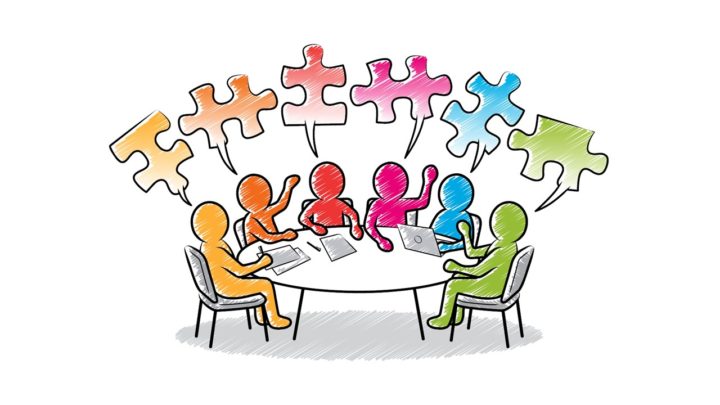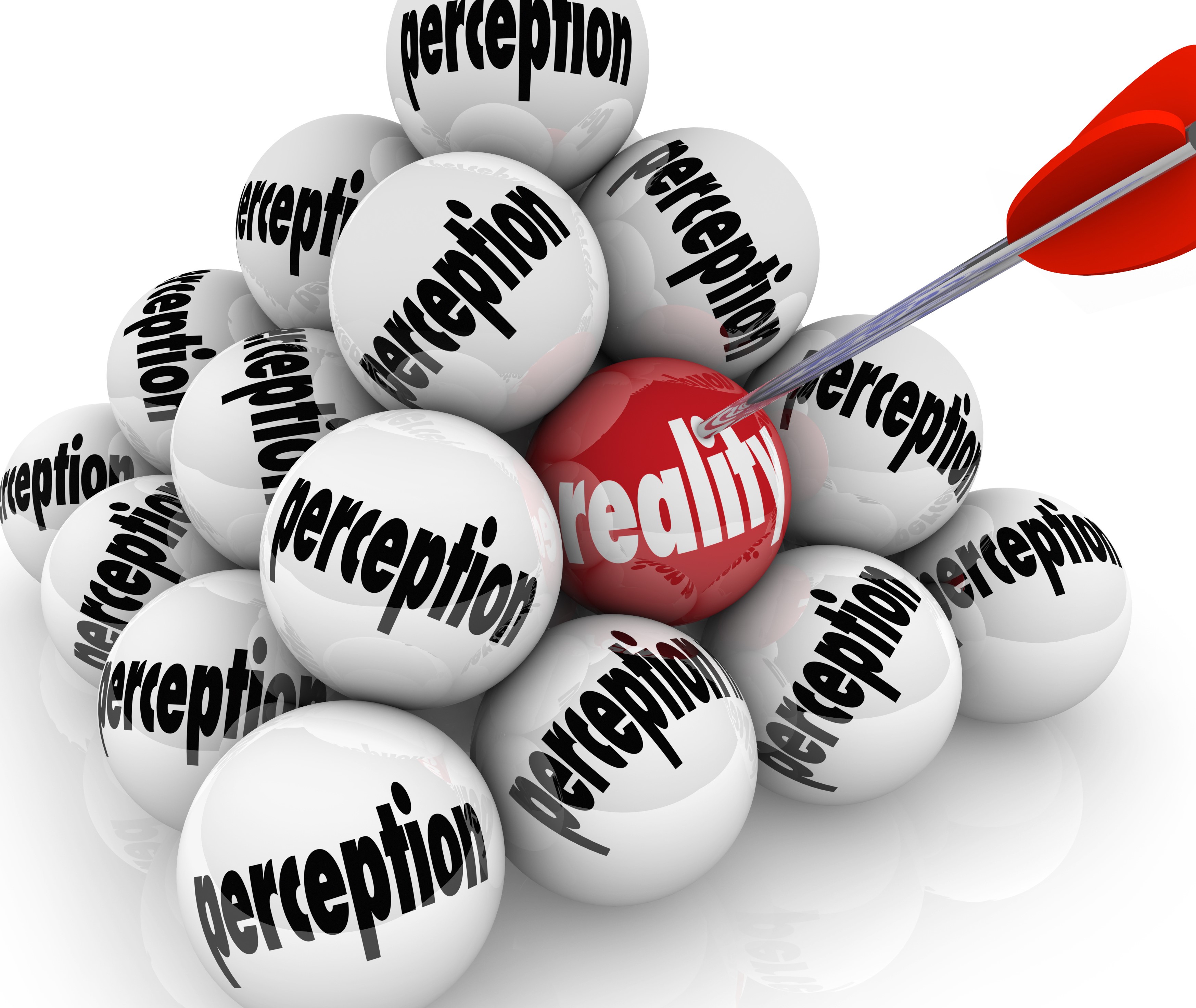Creative Conversations
Podcast: Play in new window | Download
Today’s topic is creative conversations. Have you ever had a conversation with someone that just clicked? But more than that, the clicking produced a solution to a problem or a creative idea?
Today’s topic is actually a bit out of sync with the premise of Practical Eloquence, because it’s not about persuasive conversations. Persuasion is wonderful, of course, but today I want to go beyond it to talk about creation—creation of new ideas, new solutions to a problem, through a meeting of two or more minds.
Think of a creative dialogues as assisted thinking; your goal is not to win, or to impress someone, or even to persuade, but to work together to produce a positive result.
There’s a story in Stan McChrystal’s new book, Leaders: Myth and Reality, that’s a great example of what I’m talking about. In 1905 there was a young bureaucrat wrestling with a difficult problem, and he decided to talk it out with his good friend. As he wrote later,
“I started the conversation with him in the following way: ‘Recently I have been working on a difficult problem. Today I came to do battle against that problem with you.’ We discussed every aspect of this problem. Then suddenly I understood where the key to this problem lay. Next day I came back to him again and said to him, without even saying hello, ‘Thank you. I’ve completely solved the problem.’ An analysis of the concept of time was my solution.”
You probably figured out by now that the young bureaucrat was Albert Einstein. Would he have figured out the problem without a creative conversation? Probably, but it was the conversation that provided the actual spark.
I love that phrase: “I came to do battle against that problem with you.” That’s the true essence of a creative conversation, one where both sides are united in a common goal or against a common problem. They’re not on opposite sides of an issue. The issue does not have two sides; it’s a circle with an infinite number of possible perspectives to view it from, and the conversational dance allows the freedom to view it from any perspective. There is no one right, and no one who has the full answer, but working together you achieve it.
In fact, the dia- in the word dialogue doesn’t mean two, it means through. And –logue means meaning. When you combine these two ideas you get “thinking together”.
A creative conversation is one that results in new ideas, and new action. A creative conversation is, stimulating, cumulative, synergistic, and catalytic.
Stimulating
A conversation that stimulates your thinking, one that stimulates new ideas, whether in your own mind or in the mind of the person you’re speaking with, or better still, in both minds at the same time. It’s a conversation where each side feels challenged mentally but not personally;
Cumulative
They build toward something, with each contribution supporting a general direction, even if you don’t know in advance what that direction is. Many conversations are aimless because when someone says something, the other person either negates it or neutralizes it.
Synergistic
I hate to use buzzwords, but these are synergistic conversations, because something emerges that is greater than the sum of individual contributions. It’s like each side has some pieces of the puzzle, but the conversation itself actually creates other missing pieces that were not there to begin with, and never would have come out except for the interplay of meaning between both minds… Where both sides learn something,
Catalytic
These conversations are also catalytic, because they can spur action and movement. How many times have you had a half-baked urge in your mind that only became a firm resolution to act because you had a chance to “bounce it off” someone else? Perhaps they asked the question that gave you the clarity to act, or encouragement, or a suggestion you had not thought of before?
What do these conversations sound like and feel like?
Let me ask you a question: when two people dance, how do you figure out who won? Of course it’s a dumb question, because dancing is not about winning, and that’s exactly the metaphor that applies to this type of conversation, except that this form of dance is not choreographed in advance, but arises naturally through a sincere exchange of ideas and perspectives.
These types of conversations flow naturally, with very few pauses and no awkward silences. Where you’re almost finishing each other’s sentences—not in a start-stop interrupting way, but in a way that builds off of whatever the other just said, and they do the same with you. It’s a conversation where no one is keeping score, but in the end there is a balance of contribution that feels just right, as if each person (and by the way, it can be multiple people—not just two) got more out of the conversation than they put in.
It’s the type of conversation where you can easily be surprised—not only by what the other person says, but even by the words that come out of your own mouth…And just as a quick note to reinforce what I just said: there’s a common misperception that you can’t learn while you’re talking. BS. I do it all the time. A lot of times, I don’t know what I truly think until I express it out loud, and I don’t think I’m unique in this respect.
Finally, you feel challenged but in control at the same time. You get a sense of flow because you’re at the sweet spot between challenge and ability…
How do you have creative conversations?
I’m not sure it’s possible to force a creative conversation, although Einstein clearly had that intent in mind when he set up his talk with his friend. But you can at least set up the conditions so that they are more likely to happen, ensure that you have some necessary ingredients, and at the same time leave out some ingredients that can kill conversations.
Plan ahead. You need to have some intent or even an actual agenda for the conversation so that it doesn’t just wander off into any direction.
Be curious. Curiosity is all about what I’ve talked about before, about outside-in thinking.
Be prepared to be wrong. Or to put that sentiment more positively, be prepared to learn something, and don’t take it personally when the other perspective makes more sense than yours. This takes respect and the belief that you can learn from the other person, that their contribution is worthwhile and helpful.
Listen. This goes without saying, and if the conversation is really flowing, you certainly won’t need a reminder. But if it starts to go off track, take stock of your own listening posture and effort and adjust as necessary.
Say “yes, and”. You can use ideas from the world of comedy improv. In improv, one person opens with a statement, and the other person builds off of it. The statement is called an “offer” and the key rule is to use a technique called “yes, and…”. According to leadership consultant Elizabeth Doty, “Yes means agreeing with your partner’s premise, whatever it is; and means building on what he or she has offered.”




